The ahuehuete is a millenary tree the name of which means “old man of the water”. Mexico is the only place where this species lives, which is considered the national tree.
Among famous ahuehuetes, the most controversial one is the Tree of the Sad Night —in Mexico City—, named that way for acting as the silent witness of Hernán Cortés’ tears after his defeat at the hands of the Aztecs. But, undoubtedly, the most famous ahuehuete in Mexico is the Tule Tree, located in Oaxaca. Its greatness and wisdom is celebrated every year in October, with the Tule Tree International Festival attended by hundreds of tourists from all over the world to sing “Las mañanitas” to its more than two thousand years.
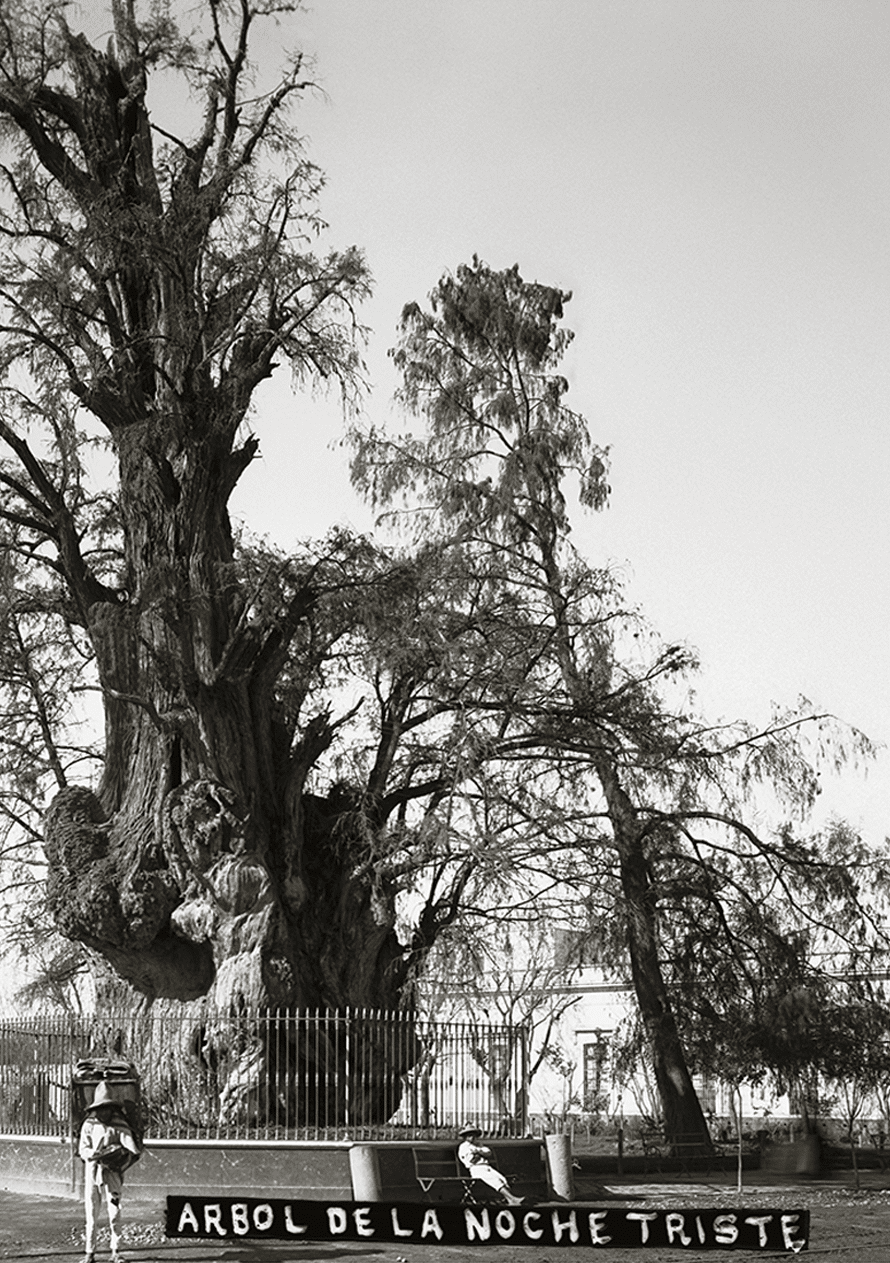
This amphibian from the salamander family lives exclusively in certain bodies of water in the Valley of Mexico, specifically in Lake Xochimilco. It is therefore considered a symbol of cultural identity of the capital of the Republic.
The axolotl or water monster is the only animal in the world capable of reproducing itself in larval state, in which it remains at will. It has an extraordinary ability to regenerate amputated limbs, tissues and organs of its body, including the brain. For this reason ancient settlers of the Valley of Mexico saw it as a being that defied death and considered it in their mythology as the aquatic incarnation of the Aztec god Xolotl, twin brother of Quetzalcóatl.
Its biological qualities have fascinated researchers and scientists around the world. Recently it was discovered that its genome is the largest sequenced to date, ten times greater than human’s. Unfortunately, the mysteries protected in its genetics might never be revealed, since it is in danger of extinction due to lake pollution and the introduction of exotic species into its natural habitat.
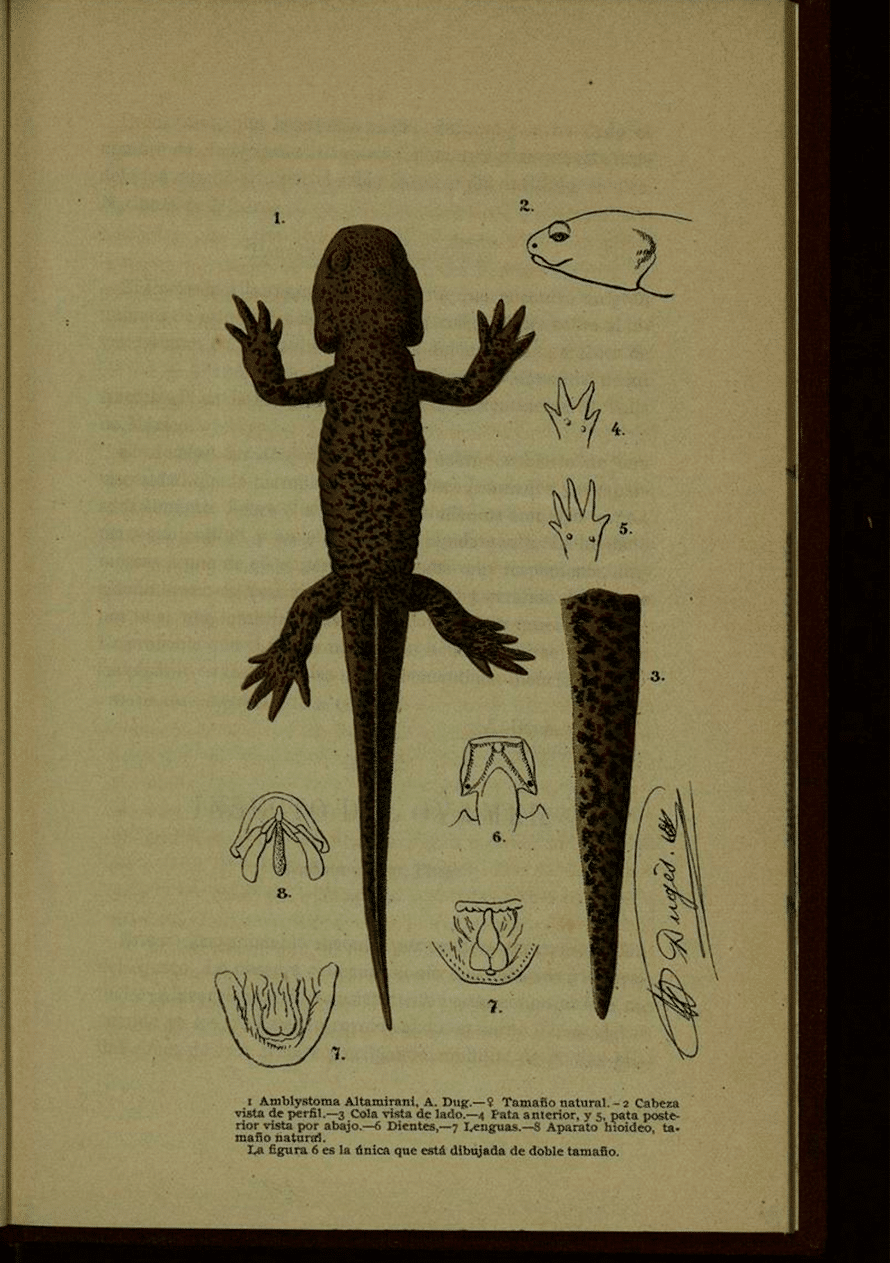
Every 2nd November the petals of this flower are used in the offerings to guide the dead on their way to visit the world of the living. Its name in Spanish comes from the Nahuatl cempoalxochitl, which means “flower of twenty petals”.
The ceremonial and medicinal uses of this plant are known in Mexico since pre-Hispanic times; in some places of our country it is still used in traditional medicine as a remedy for digestive, respiratory and ocular diseases. Its antibacterial, antifungal and antioxidant properties are also well documented.
In addition to its symbolic and traditional value, Mexican marigold has acquired global relevance thanks to its use, recently discovered, in the manufacture of carotenoids, a natural pigment widely used in the agri-food industry; this dye is used to intensify the orange hue of various foods and cosmetics.


Dahlia is the national flower of Mexico. Originally known as acocoxóchitl —“hollow stems with water” in Nahuatl—, its cultivation dates back to the splendor of the Aztec Empire, when its beauty captivated the Mexica rulers. It was the favorite flower of Moctezuma II and Nezahualcóyotl, who used it to decorate temples and houses during rituals. Later, it captivated president Adolfo López Mateos, who in 1963 named it by decree “the symbol of national floriculture in all its species and varieties”.
Besides being used as an ornament, for its beauty and color, dahlia is also used in the preparation of countless recipes. Its tubers are used in traditional medicine to treat chronic cough and regulate blood sugar levels, since it contains inulin, a vegetable insulin.

The cochineal is a scale parasitic insect that lives on cacti and prickly pears. It produces a carmine red pigment when crushed, which, among other things, changed the history of world art.
Upon their arrival in the new lands, Hernán Cortés and the conquerors discovered that the large markets of Tenochtitlán offered abundant textiles, ceremonial garments and ceramics dyed a deep red color that they had never seen before. The natives called it nocheztli —prickly pear blood—, which they also used as an insect repellent and to soothe migraines.
This pigment traveled from Mexico to Europe and East Asia in 1523, becoming the third export product of the New Spain, after gold and silver. The most sophisticated dyers in Europe adopted cochineal and used it to color their finest textiles, used to clothe kings and cardinals, since its pigment was ten times more powerful than St. John’s blood dye and produced three times as much per ounce of Armenian cochineal. Painters such as Tintoretto, Diego Velázquez, Anthony van Dick, Nicolas Poussin, Paul Gauguin, Auguste Renoir and Vincent van Gogh used it in their works.

Known as guajolote, totol, totole, pipíla and cócono, this bird is one of the greatest contributions of Mexico to world cuisine. Its name in Spanish comes from the Nahuatl hueyxolotl, which means “big and monstrous”.
After the conquest, turkey was triumphantly brought to Europe, displacing the peacock in the great royal feasts. It became the favorite of Henry VIII of England and Charles IX of France, who chose it as the main course for his wedding. In the Old Continent it was considered a luxury food until the 19th century.
With the passage of time, turkey took over the main role in different celebrations around the world, such as Christmas and Thanksgiving.

Considered the master of Mexican jungles, the jaguar is the largest feline in America and the third on the planet, surpassed only by the tiger and the lion. From the arid Arizona scrublands to the Misiones jungle in Argentina, the power of the jaguar extended through a vast Mesoamerican territory that, with the passage of civilization, became extinct.
In Mexico it is an animal of great symbolic importance, a metaphor of power and strength that embodies beauty, ferocity and the ambivalence of good and evil.
Its presence was constant in the religion and mythology of pre-Columbian cultures such as the Olmec, Zapotec, Toltec, Maya and Aztec. The sovereigns and great warriors incorporated jaguar’s skin, claws and fangs in their attire and weapons to invoke its power.
As a vestige of this tradition —in states such as Oaxaca, Chiapas and Guerrero— rituals, dances, celebrations and the use of the jaguar mask survive: molded in ceramic or carved in wood and polychromed with tooth, skin, bristle or mirror incrustations in Oaxaca; embroidered with beads, created by the Huicholes; the Olinalá lacquered ones in Guerrero, or the masterfully carved helmets in Teloloapan.
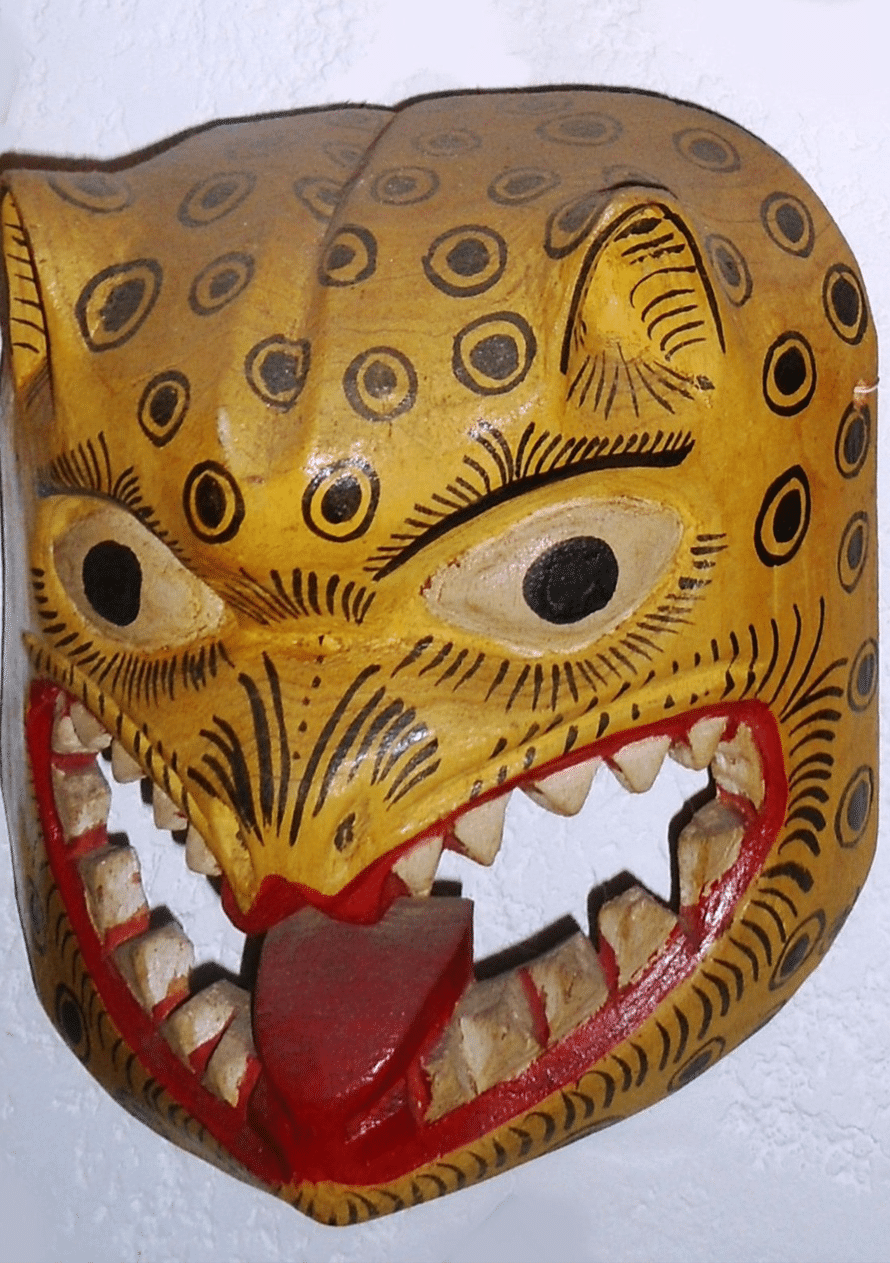
Tuberose is one of the best-known Mexican flowers worldwide for its intense aroma that it is capable of distilling for hours, its aroma so powerful that there was a time when it was considered a narcotic, used by women to intoxicate men.
The Aztecs called it omixochitl or “bone flower”, although it was also known as amole, since it was used as a soap substitute due to its antibacterial properties. It is a bulbous, herbaceous and perennial plant; its floral stem can grow over a meter and its flowers, clustered in a spike-shaped inflorescence, give off a scent that intensifies at nightfall.
In 1594 it was taken to Spain by Simón de Tovar, founder of the first botanical garden in Seville. Some time later, its cultivation spread throughout Holland, Italy and France, where it has stood out as a luxury perfume-making ingredient.
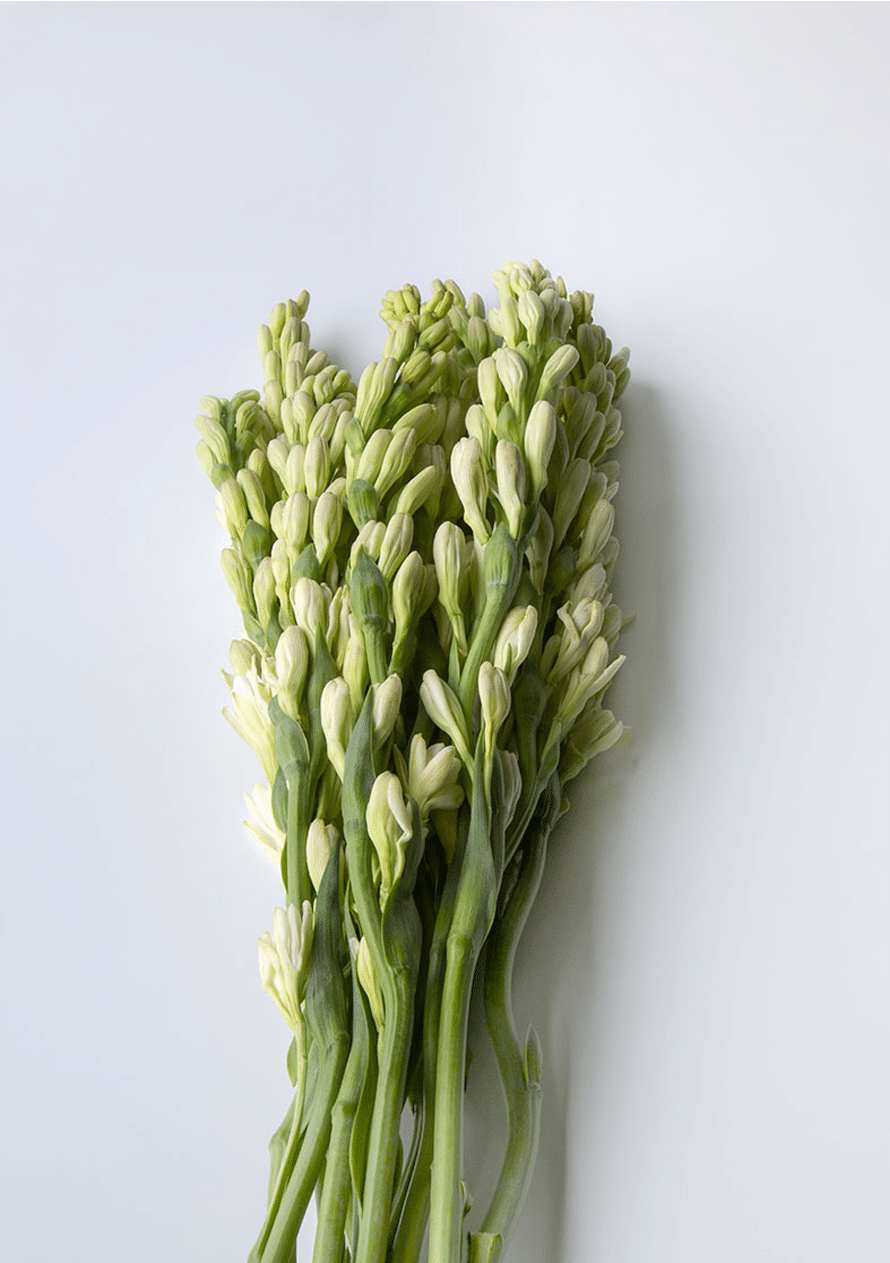
This shrub with a foliage that changes color during the winter —making it look like a flower— is a symbol of Christmas around the world, but especially in Mexico, where winter celebrations are inconceivable without it.
Since its origin, the poinsettia was an ornamental plant highly appreciated by the Aztecs. It occupied a special place in the gardens of Nezahualcóyotl and Moctezuma, where it was known as cuetlaxóchitl, which means fire-colored flower. It was also used for medicinal purposes to remove warts and verrucae, as well as to treat other skin conditions.
In the 17th century Franciscan monks named it “Christmas Eve flower” or “Easter flower”, because they used it to decorate the altars of the first temples, Christmas processions and the Holy Manger celebration.
Its biggest advocate was Joel R. Poinsett, the United States ambassador to Mexico, who sent it as a diplomatic present to various parts of the world at the beginning of the 19th century. Thanks to this it became one of the ten best-selling potted plants in Europe and the United States.
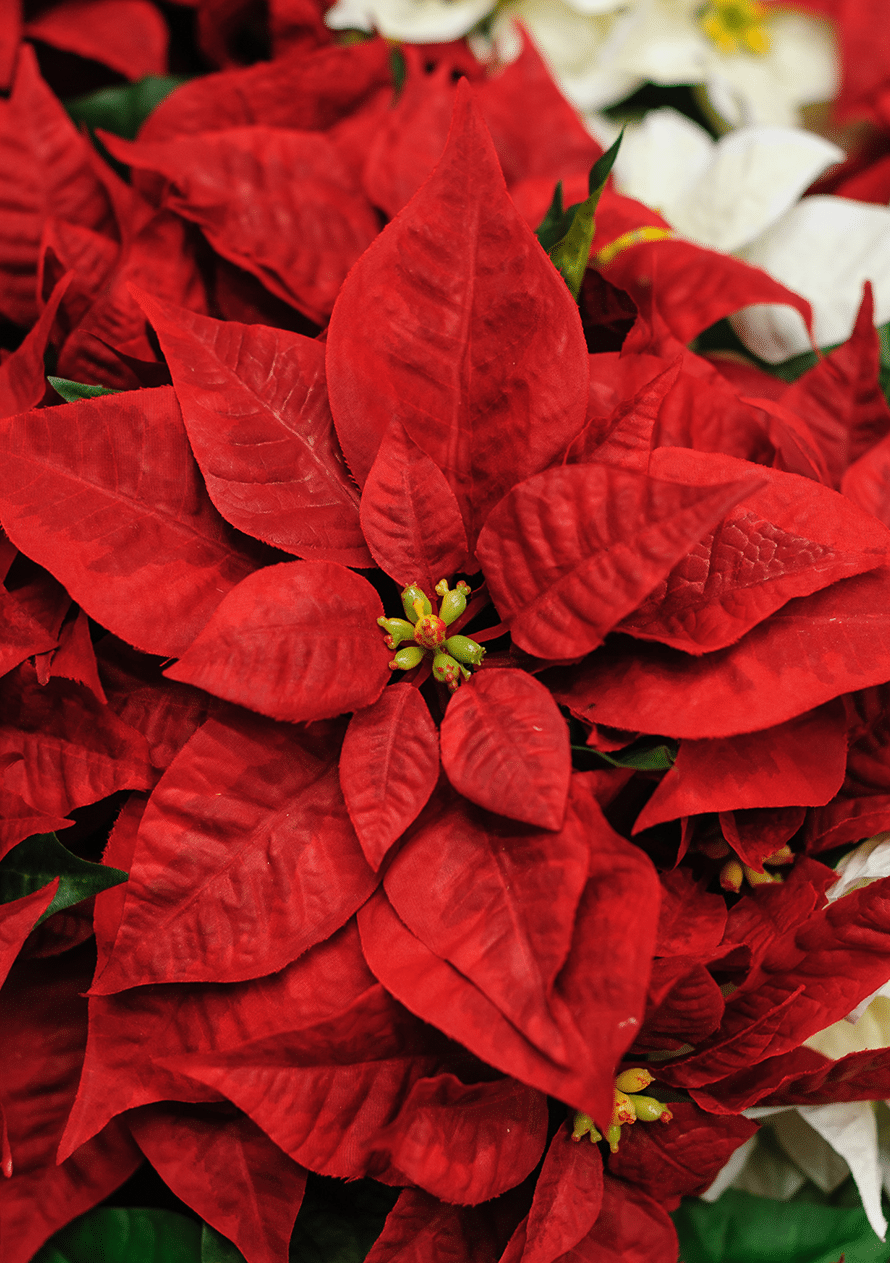
Chihuahua dogs are considered the smallest breed in the world, with a height ranging from 15 to 25 centimeters. Playful, nervous and very popular, they are descendants of the tlachichi, a companion dog bred by the Toltecs, with a sharp snout, long coat and upright ears, which had the special feature of being mute.
In the Florentine Codex, Friar Bernardino de Sahagún described three types of pre-Hispanic dogs: the izcuintli, which simply means “dog” in Nahuatl; the xoloitzcuintli, “weird dog”; and the tlalchichi or chichi, “floor dog”. This last race tended to decrease in size and its evolutionary process continued until it became the Chihuahua.

This small cactus, native to the desert of Northern Mexico, is a ritual plant that has been considered sacred for more than six thousand years by indigenous communities such as the Cora, the Rarámuris and the Wixáritari —Huichol—, who consume it to resist lengthy work hours and long walks.
Every year, the marakames guide the Huichol on a sacred pilgrimage to the Wirikuta Desert in San Luis Potosí, to search for hikuri, the peyote god.
In traditional indigenous medicine it has been used as a remedy for diseases such as diabetes, pneumonia and cancer. It is attributed with analgesic properties capable of fighting toothaches, arthritis or asthma, among other ailments. It is also useful for inducing labor, increasing sexual desire and as a treatment against snakebites, scorpion stings and other types of poisoning.
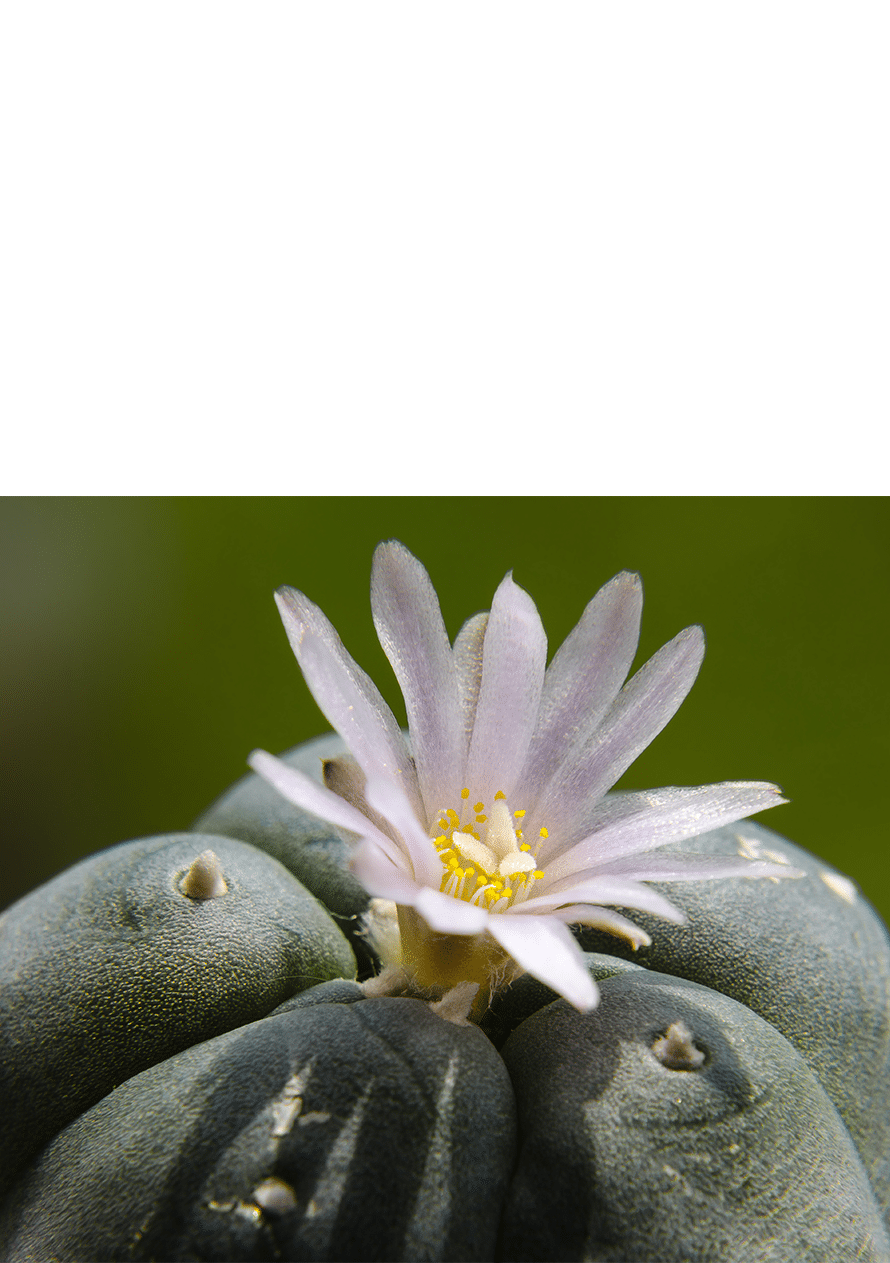
Totoaba macdonaldi is the most famous Mexican fish in the world. This endemic species from the Gulf of California belongs to the drum family; it is a colossal fish that can reach two meters in length and exceed a total weight of over 100 kilograms. This fish is especially coveted in China, where practitioners of traditional medicine say that with its bladder you can make a soup that relieves pregnancy discomfort, enhances sexual appetite and promotes longevity.
Its overexploitation in the eastern market generated severe overfishing, leading totoaba to be officially enlisted as an endangered species in 1975. Unfortunately, this did not stop its consumption, but rather unleashed its clandestine fishing. Illegal trade made it a luxury item that exceeded the price of 8,000 dollars per kilo.
It is currently a protected species and a program for its rescue and conservation has been designed together with the vaquita, a neighboring species and victim of the exploitation of totoaba when caught and drowned in poachers’ nets.

The vaquita is considered the smallest cetacean in the world. Although it is estimated that this species has existed for three million years, it was discovered by chance in 1950 by the renowned biologist Kenneth Norris, who toured the coastal dunes of the Sea of Cortez in search of a species of lizards and ran into the curious vaquita [small cow], named after its peculiar coloration with long gray spots and black patches around its eyes and snout.
Also known as “the ocean panda”, the vaquita is sadly famous for being the most endangered mammal species. Its misfortune lies in the fact that it coexists with the totoaba, a very coveted fish for oriental cooking, so the vaquita dies when trapped among fishing nets.

Known as “the Mexican hairless dog”, the xoloizcuintle is the only pre-Hispanic dog breed that has maintained its identity to this day. Its name is composed of the Nahuatl words xólotl (strange, deformed, slave, jester) and itzcuintli (dog).
Inseparable companion of man, xoloitzcuintles were responsible for transporting the spirit of the dead to Mictlán or underworld. The Nahuas believed that when they reached the river of the underworld, the spirit encountered its dog and rode on its back to cross the path known as Itzcuintlán. Therefore, most archaeological sites in Mexico have abundant dog bone remains.
Friar Bernardino de Sahagún stated that xoloitzcuintles were not bald by genetics: “They breed in this land some dogs with no hair at all, glabrous [...]. By night they cover them with blankets to sleep. These dogs are not born this way; from small pups they spread over them a resin called óxitli, with which their hair falls out leaving the body very smooth.57


